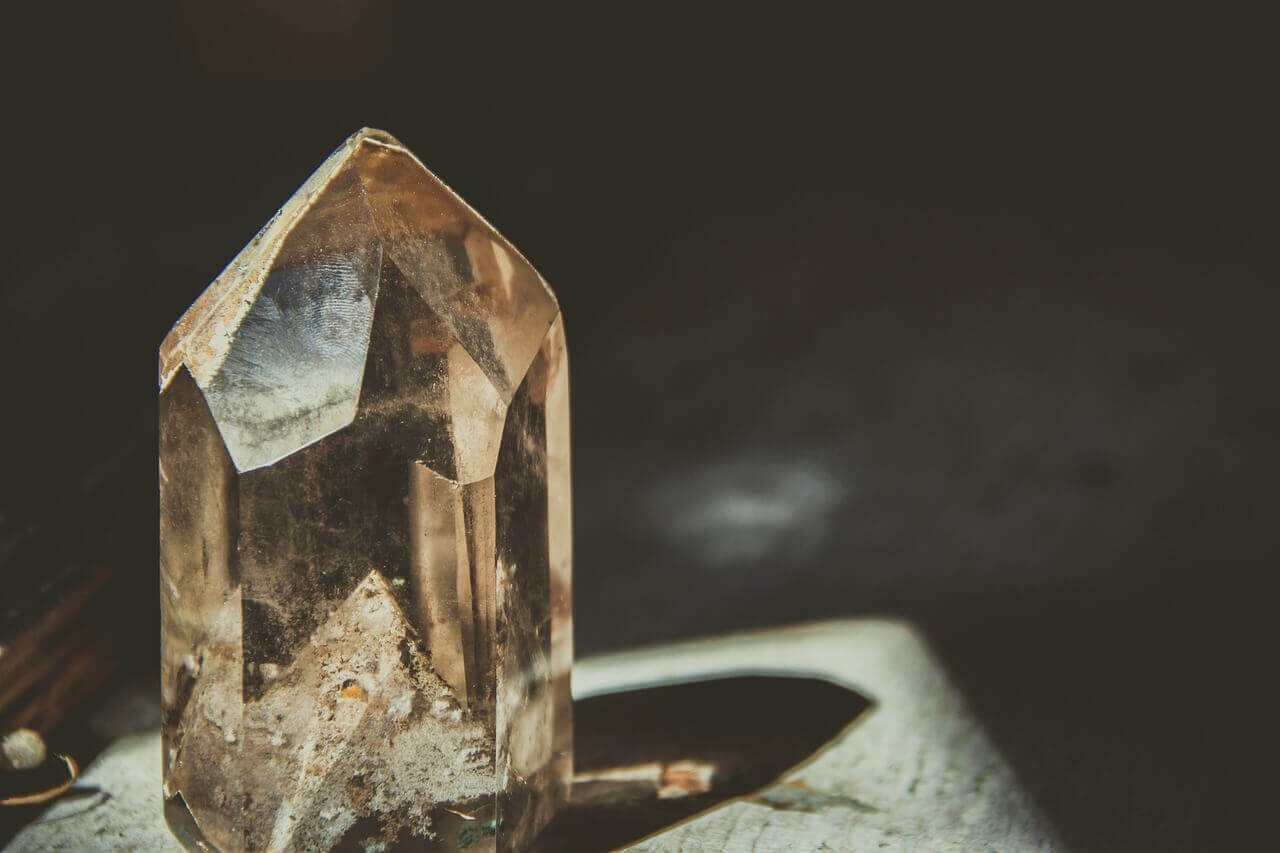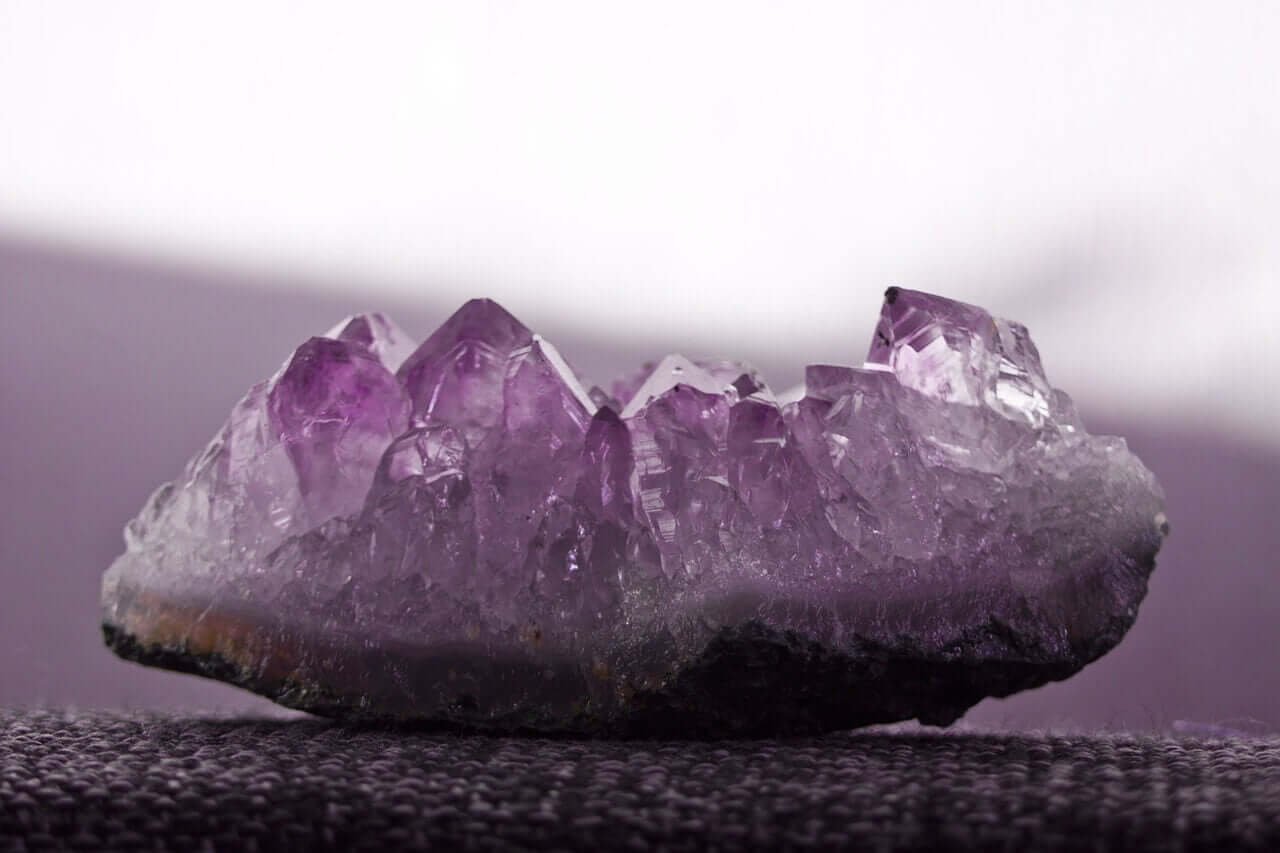You’ve no doubt heard of diamonds, rubies, and sapphires. They may seem exclusive and elusive, catching your eye with their sparkle and commanding high prices. But how familiar are you with the world’s rarest gem? It’s a treasure so unique that its rarity makes these more well-known gems seem almost ordinary. This article will take you on a fascinating journey into the world of precious stones, exploring the characteristics, formation, and value of the world’s most uncommon gem. Get ready to uncover the mystery of the rarest gem on earth.

1. Understanding Gems
Explanation of what a gem is
A gem, also known as a gemstone, is a naturally occurring precious stone that is valuable because of its rarity and desirability. They are often used in fine jewelry due to their striking beauty and natural allure. Despite having different characteristics, gems share common attributes – they are mineral crystal formations with unique colours, cuts, and shine.
Discussion on how gems are formed
Gems are generally formed in the Earth’s crust, the outermost layer of our planet. Here, specific factors such as temperature, pressure, and the presence of certain elements or minerals must unite to create these mesmerizing crystalline structures. Over millions of years, these elements undergo a process known as crystallization, resulting in the gemstones we admire.
Division of gems into precious and semiprecious
Gems are divided into two main categories: precious and semiprecious. Precious gems include diamonds, sapphires, rubies, and emeralds, known for their exceptional quality and high value. Semiprecious gems, on the other hand, are more common and include varieties such as quartz, garnet, and peridot. Both categories, however, have their unique appeal and charm.
2. Factors Influencing the Rarity of Gems
How the location of discovery influences gem rarity
The site of a gem’s discovery can significantly influence its rarity. Certain regions of the world are known for producing specific gemstones, and these regions are frequently associated with specific geological conditions perfect for the formation of certain kinds of gems. For example, while diamonds are found in several global locations, Australian opals or Colombian emeralds aren’t as widespread, adding to their exclusivity.
The role of gem quality in determining rarity
Unsurprisingly, gem quality is a crucial determinant of its rarity. Quality is evaluated by color, clarity, cut, and carat weight, known as the ‘Four Cs.’ Gems of exceptional quality in all four aspects are critically rare and, therefore, highly prized.
Effect of gem size on rarity
The size of a gem also influences its rarity. It’s because larger gems require specific conditions for formation and take longer to grow within the earth’s crust. Therefore, the larger the gemstone, the rarer and more valuable it typically is.

3. Popular Rare Gems
Brief introduction to well-known rare gems
Several rare gems have captured the imagination of enthusiasts and collectors, each with its unique characteristics. Some of these include Painite, Grandidierite, Alexandrite, Blue Garnet, and Taaffeite, which we’ll discuss later in this article in detail.
Overview of their characteristics and value
The allure of these rare gems lies in their unique characteristics, such as their color, light dispersion, or even changes in color based on lighting (Alexandrite). These gems are highly valuable both for their beauty and their scarcity, making them collectors’ favorites.
Explanation of why they are rare
Their rarity stems largely from their extremely specific formation conditions and locations. Some, like Blue Garnet, change color based on light exposure, making them even rarer. Others, such as Taaffeite, were discovered only by accident and remain some of the cutest gems to date.
4. Investigating Painite
Description of Painite
Painite is a borate mineral that was once considered the rarest mineral on earth. It has a hexagonal crystal structure and ranges in color from brown to reddish-brown.
Review of the discovery and history of Painite
Painite was first discovered in Myanmar in the 1950s and was classified as the world’s rarest mineral by the Guinness World Records. For several years, less than 25 Painite specimens were known to exist.
Exploration of why Painite is rare
Painite is rare mainly because of its specific mineral content and formation conditions. It contains boron, a scarce element on Earth, which only emerges under unique geological conditions, making its discovery quite a phenomenon.

5. Exploring Grandidierite
Explanation of what Grandidierite is
Grandidierite is a blue-green mineral discovered initially in Madagascar. It ranks among the top ten rarest gemstones in the world because of its singular coloring and transparent qualities.
Exploration of the origin and history of Grandidierite
This awe-inspiring gem was first discovered in Madagascar in 1902 by French mineralogist Alfred Lacroix. Still today, top-quality specimens primarily come from Madagascar, contributing to its rare status.
Discussion on the reasons for Grandidierite’s rarity
Grandidierite’s rarity primarily stems from its limited geographical availability and the fact that it’s often discovered in small batches. Furthermore, finding it in sizes appropriate for gem-cutting is enormously challenging.
6. Appreciating Alexandrite
Introduction to Alexandrite
Alexandrite is known for its astonishing ability to change color under different lighting conditions. It can appear green in daylight and switch to a reddish hue under incandescent light.
Presentation of the history and discovery of Alexandrite
Discovered initially in Russia’s Ural Mountains in the 1830s, Alexandrite was named after Russian Tsar Alexander II. This mesmerizing stone has since been found in a few other locations, including Brazil, Sri Lanka, and India.
Understanding why Alexandrite is considered rare
The truly astonishing characteristic of color change combined with its minimal availability makes Alexandrite a rare gemstone indeed. Its uniqueness and scarcity have made it one of the most valuable gemstones on the planet.

7. Getting to Know Blue Garnet
Discussion on the discovery and characteristics of Blue Garnet
Blue Garnet, another rarity in the world of gemstones, was first discovered in Madagascar in the late 1990s. This garnet distinguishes itself by its color-changing ability, transiting from green-blue in daylight to purplish-red under incandescent light.
Insights into the rarity and value of Blue Garnet
Blue Garnet’s color-changing ability makes it extremely desirable, coupled with the fact that it remains rarely found. Its rarity and highly sought-after characteristics contribute substantially to its value.
Reasoning why Blue Garnet is among the rarest gems
Blue Garnet is rare because it’s color-changing, unlike other garnet forms that don’t exhibit this phenomenon. It’s also found in limited areas and quantities, making it a highly coveted gem.
8. Uncovering Taaffeite
Understanding the history and characteristics of Taaffeite
Taaffeite is a beautiful gem known for its lovely pastel colors, usually ranging from nearly colorless to pink, mauve, and lavender. It was discovered by accident when gemologist Richard Taaffe purchased a spinel gem that turned out to be an entirely different mineral, hence named after him.
Detailed analysis of why Taaffeite is rare
Its rarity lies in the fact that it’s often mistaken for other gems like spinel or sapphire. It’s most often found already cut and polished rather than in its raw crystal form, making it incredibly hard to spot in the wild, and thus, increasingly rare.
Discussion on where Taaffeite can be found
Only a few places on earth are known to produce this elusive gem, most notably Sri Lanka and Myanmar. Because of its restricted distribution and its tendency to be mistaken for other gems, Taaffeite remains among the rarest in the world.

9. Investing in Rare Gems
Insights into the market for rare gems
Investing in rare gems offers an exciting and potentially profitable venture. The market for rare gems has witnessed steady growth with increasing interest in these natural wonders. Moreover, their limited supply and rising demand pave the way for price appreciation over time.
Advice on investing in rare gemstones
If you’re considering investing, it’s crucial to educate yourself about different gems, their characteristics, quality indicators, and market trends. Seek advice from professionals, and always ensure the gems’ authentication before making a purchase.
Discussion on the potential return on investment
Due to their rarity and growing demand, rare gems often display a promising return on investment. However, like any investment, it’s subject to market fluctuations and should be approached with a long-term perspective.
10. Preserving and Caring for Rare Gems
Tips for maintaining the quality of rare gems
Once you’ve obtained your gem, maintaining its quality is paramount. Most gemstones need gentle cleaning with mild soap and warm water. Avoid harsh cleaners and sudden temperature changes that may damage the gem. Regularly check for any scratches or denting, especially if the gem is set in jewelry.
Recommended professional services for preserving gems
For professional care, you can seek services that specialize in gemstone preservation, like jewellers or gemologists. They can check the gem for any damage, clean it professionally, or even restore it if need be.
Discussion on how handling can affect gem value
Handling can indeed affect the value of a gem. Improper or frequent handling can lead to surface scratches, chipping, or even discoloration of the gem. Therefore, when not wearing or displaying, store your gems properly, preferably in padded containers where they won’t rub against each other. Remember, by understanding and respecting your gem’s unique characteristics, you can preserve its quality, beauty, and value for generations to come.



